Mt. Pulag is the third highest mountain in the Philippines with an elevation of 2,926.047 meters above sea level. It is the highest mountain in Luzon and the landscape of the surrounding provinces can be seen from the summit during the day. Lights in distant communities are visible at night.
Its unique beauty with many characteristics that change as you reach higher elevation – from pine forest to mossy jungle, and finally the vast grasslands – has the locals calling it the “playground of the gods”.
There are several routes to get there, from easy to hard trails. The easy route is via Ambangeg with class 1-2 trail and difficulty or 3/9, takes only 3 to 4 hours walk from the ranger station in Babadac to the camp site (4.9 kilometers). Then another hour hike along the grasslands to the summit (2.9 kilometers). The best time to be at the summit is at dawn when the valleys and smaller mountains around Pulag are covered with a sea of clouds, giving you the impression that you’re on top of the world. This is the reason why Pulag is being promoted as “adventure above the clouds” by many travel outfits.
Ambangeg is the trail to take if you want to spend more time at the summit with lesser hours of hiking. The most difficult route is Akiki, with class 3 trail and difficulty of 7/9. Tawangan trail comes in second hardest, with class 3 trail and difficulty of 6/9.
Mount Pulag is not the highest but definitely one of the most beautiful travel destinations in the Philippines. A “must visit” on the list of many adventurers, and they were rarely disappointed.
What month is the best time to go there? Every month has its own traits to present to adventurers. As long as there is no typhoon, Pulag is always a great destination. However, during the rainy season, one must be more prepared with rain gears at it usually rains in the afternoon. Good sunrises sometimes are more elusive but some of the best can be seen during these seasons.
This writer has been going up with adventurers to Pulag 13 times (as of this writing) but never tire out in documenting the constantly changing charms of this grassland of the gods. Nothing is constant and what you will witness on your visit will never happen again.
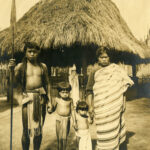 Igorots: The so-called savages of the Cordilleras
Igorots: The so-called savages of the Cordilleras  Od-odio, the Narra Tree Song
Od-odio, the Narra Tree Song 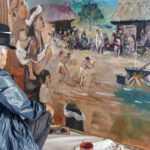 Baguio Creatives finding ways to rise above Pandemic
Baguio Creatives finding ways to rise above Pandemic 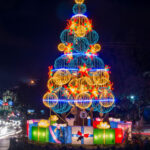 Baguio City Creative Christmas Trees
Baguio City Creative Christmas Trees 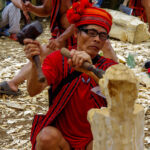 How a wooden spoon started a creative village
How a wooden spoon started a creative village 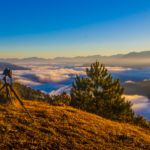 The Sagada Way
The Sagada Way 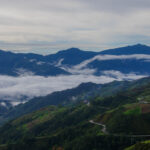 The Mountain Trail Thrill
The Mountain Trail Thrill  Baguio stages first Creative Festival
Baguio stages first Creative Festival 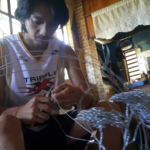 Wire Art, a miner’s lifeline
Wire Art, a miner’s lifeline 
